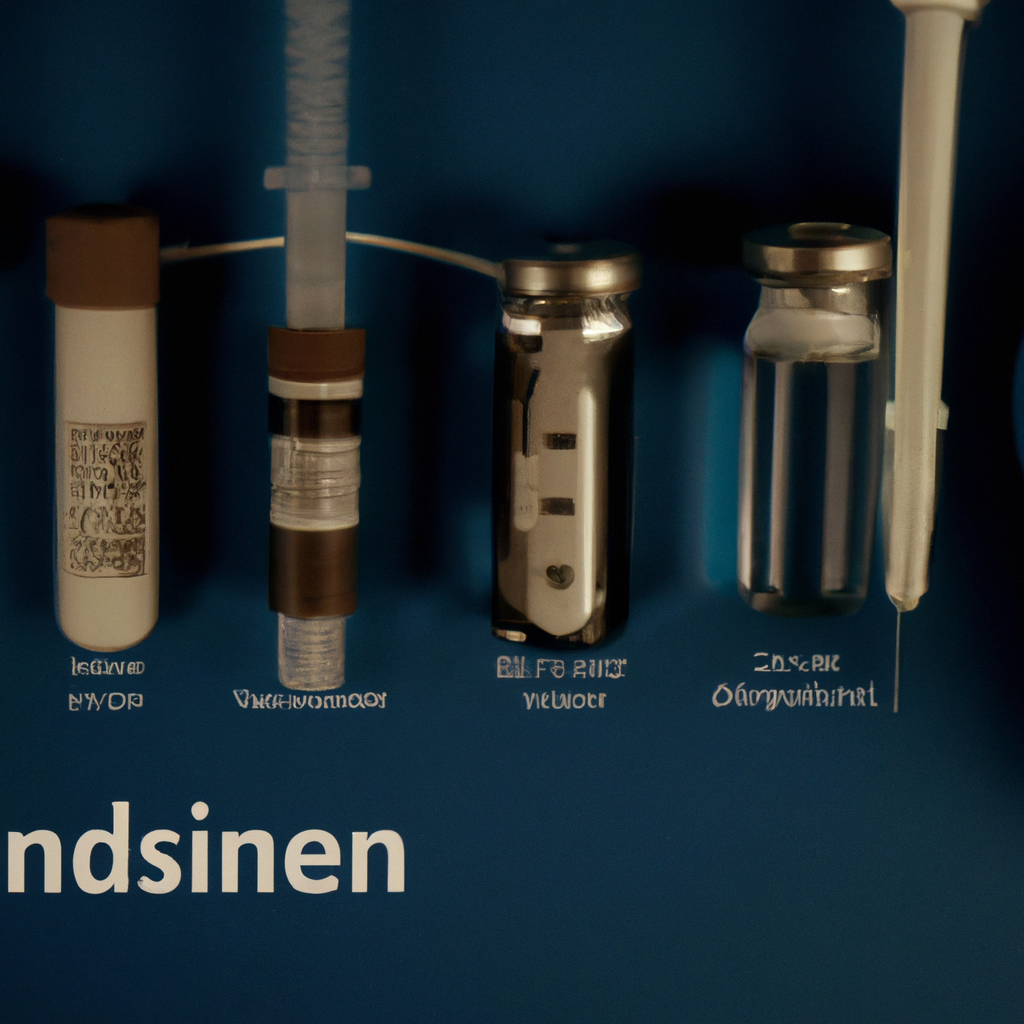-
Reading Roadmap
- Understanding Automated Insulin Delivery in Pediatric Groups: An Overview
- Key Takeaways
- Introduction: The Evolution of Diabetes Management in Pediatrics
- The Promise of Automated Insulin Delivery Systems
- Challenges in Implementing AID Systems
- The Future of AID Systems: Research and Technological Advancements
- The Role of Healthcare Professionals in AID Implementation
- FAQ Section
- What is an Automated Insulin Delivery system?
- What are the benefits of AID systems?
- What are the challenges in implementing AID systems?
- What advancements are being made in AID technology?
- What role do healthcare professionals play in AID implementation?
- Conclusion: The Future of Diabetes Management in Pediatrics
- Further Analysis
Understanding Automated Insulin Delivery in Pediatric Groups: An Overview

[youtubomatic_search]
Key Takeaways
- Automated Insulin Delivery (AID) systems have revolutionized diabetes management in pediatric groups.
- AID systems provide better glucose control and reduce the risk of hypoglycemia.
- Despite the benefits, there are challenges in implementing AID systems, including cost and patient education.
- Research and technological advancements are paving the way for more efficient and user-friendly AID systems.
- Healthcare professionals play a crucial role in guiding families through the transition to AID systems.
Introduction: The Evolution of Diabetes Management in Pediatrics
Diabetes, a chronic condition characterized by high blood sugar levels, is a significant health concern in pediatric populations. Managing diabetes in children and adolescents can be challenging due to the need for constant monitoring and insulin administration. However, the advent of Automated Insulin Delivery (AID) systems has revolutionized diabetes management, offering a more efficient and less burdensome approach. This article, guided by the insights of Dr. Thomas Danne, explores the understanding of AID systems in pediatric groups.
The Promise of Automated Insulin Delivery Systems
Automated Insulin Delivery systems, also known as artificial pancreas systems, combine a continuous glucose monitor (CGM) with an insulin pump. These systems automatically adjust insulin delivery based on the CGM’s readings, reducing the need for manual injections and constant monitoring. According to a study published in the New England Journal of Medicine, AID systems significantly improved glucose control and reduced the risk of hypoglycemia in children aged 6 to 13 years with type 1 diabetes.
Challenges in Implementing AID Systems
Despite the promising benefits, implementing AID systems is not without challenges. The cost of these systems can be prohibitive for many families, and there is a need for comprehensive patient and caregiver education to ensure proper use. Additionally, some children may find wearing the devices uncomfortable or stigmatizing. As Dr. Danne notes, “It’s not just about the technology; it’s about the people who use it.”
The Future of AID Systems: Research and Technological Advancements
Research and technological advancements are paving the way for more efficient and user-friendly AID systems. For instance, researchers are exploring the use of dual-hormone systems that deliver both insulin and glucagon to better mimic the natural function of the pancreas. Additionally, companies are developing smaller, more discreet devices to address concerns about comfort and stigma.
The Role of Healthcare Professionals in AID Implementation
Healthcare professionals play a crucial role in guiding families through the transition to AID systems. They provide education on system use, help manage expectations, and offer ongoing support. As Dr. Danne emphasizes, “The success of AID systems depends not only on the technology but also on the support and education provided by healthcare professionals.”
FAQ Section
What is an Automated Insulin Delivery system?
An Automated Insulin Delivery system is a device that combines a continuous glucose monitor with an insulin pump to automatically adjust insulin delivery based on glucose readings.
What are the benefits of AID systems?
AID systems can improve glucose control, reduce the risk of hypoglycemia, and lessen the burden of diabetes management.
What are the challenges in implementing AID systems?
Challenges include the cost of the systems, the need for patient and caregiver education, and potential discomfort or stigma associated with wearing the devices.
What advancements are being made in AID technology?
Researchers are exploring dual-hormone systems and companies are developing smaller, more discreet devices.
What role do healthcare professionals play in AID implementation?
Healthcare professionals provide education on system use, help manage expectations, and offer ongoing support.
Conclusion: The Future of Diabetes Management in Pediatrics
Automated Insulin Delivery systems represent a significant advancement in diabetes management for pediatric populations. These systems offer the promise of better glucose control and a less burdensome approach to managing this chronic condition. However, successful implementation requires addressing challenges such as cost and patient education, and healthcare professionals play a crucial role in this process. As research and technology continue to evolve, the future of AID systems looks promising.
[youtubomatic_search]
Further Analysis
- Automated Insulin Delivery systems have the potential to significantly improve diabetes management in pediatric populations.
- Addressing challenges such as cost and patient education is crucial for successful implementation.
- Healthcare professionals play a vital role in guiding families through the transition to AID systems.
- Research and technological advancements promise more efficient and user-friendly AID systems in the future.







